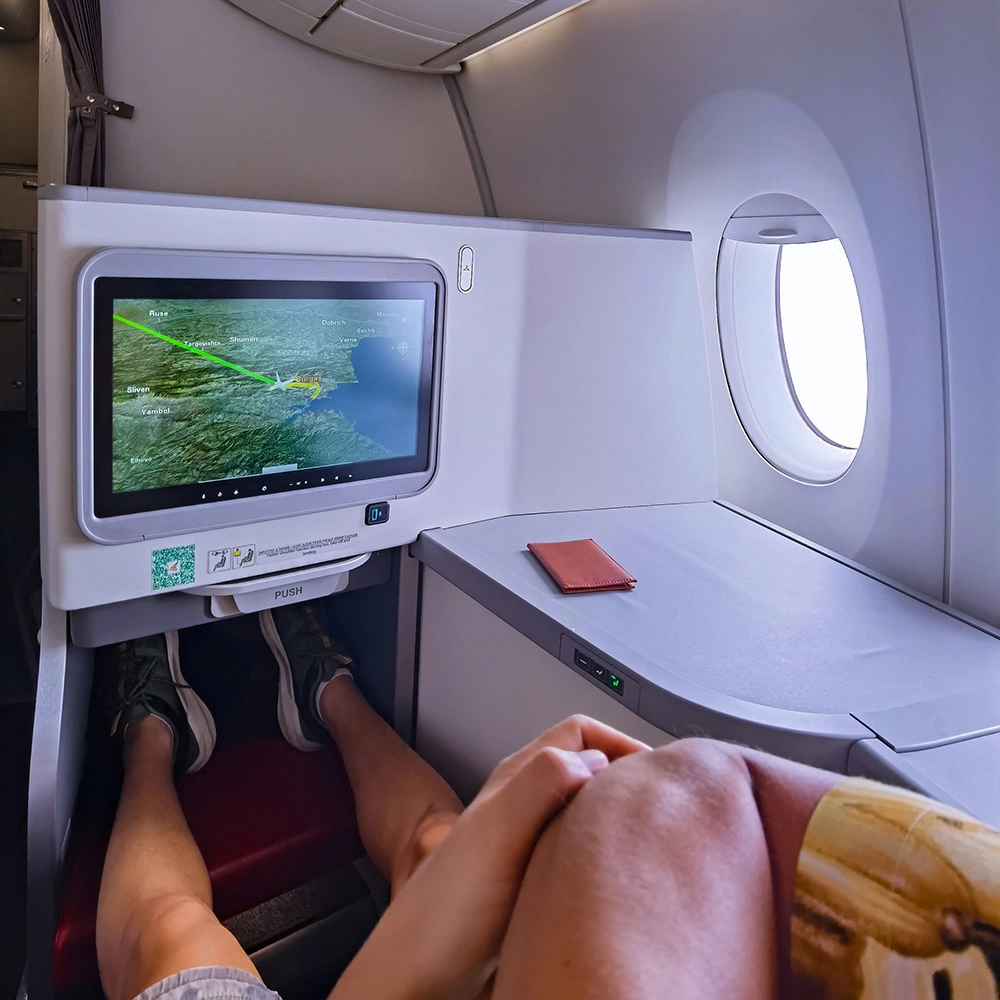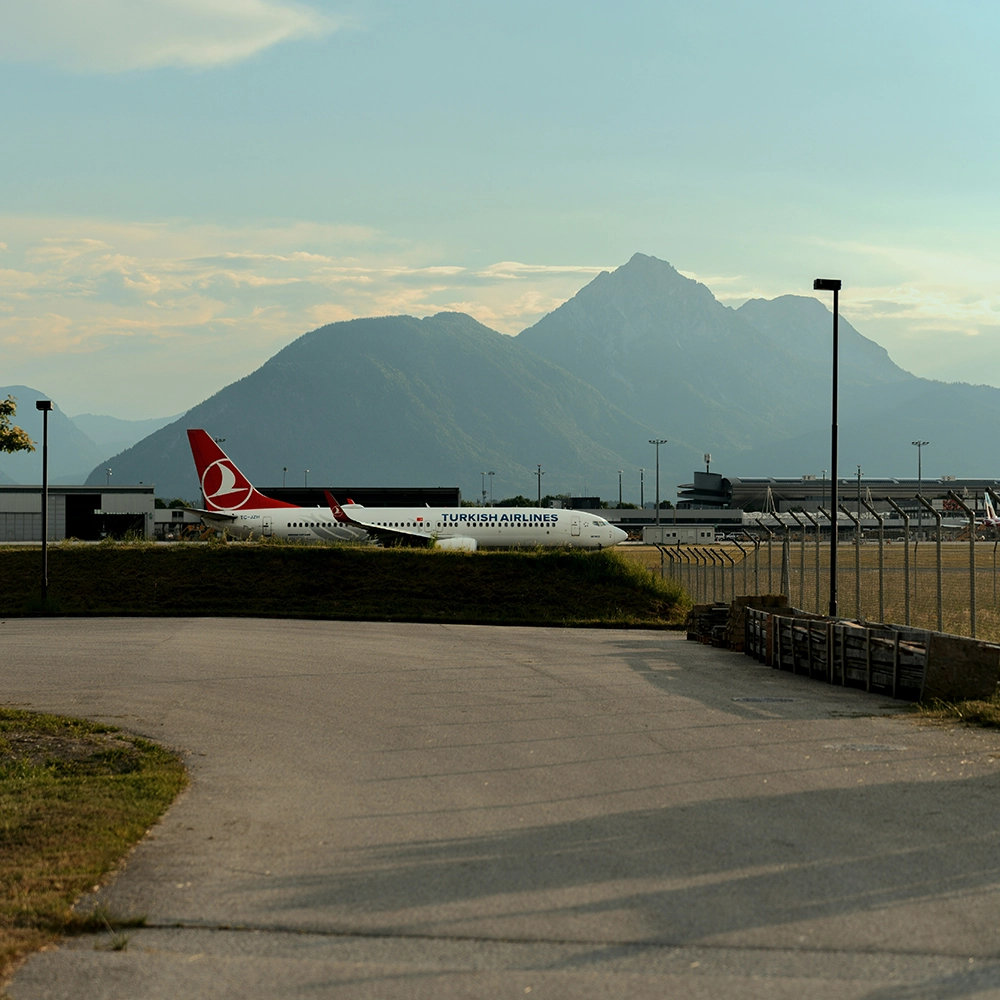How to get the cheapest flight tickets has been mystifying travelers for years, almost since the beginning of air travel. Now, as inflation and the cost of travel increase and “Will the airline get me to my destination without a cancellation?” becomes a bigger risk, we’re as determined as ever to spend less on airfare.
First, remember that cheaper is not always better (we know that makes you and your wallet sad). A little extra money can pay off big if it means you reduce stress levels by booking with a more reliable airline, having fewer layovers, or flying at a more convenient time.
Second, keep in mind that the tips below are just that: tips. More often than not, they’ll work in your favor, but they aren’t hard-and-fast rules. So without further ado, here are our favorite hacks for getting the best flight deals.
What Is the Cheapest Date to Book a Flight?
We know you’re looking for a simple answer: “Always book on Tuesday, and you’ll save thousands of dollars!” Unfortunately, that’s just not the case anymore. Technology and those AI algorithms mean that airlines can change prices on the fly (pun absolutely intended).
Look for your answer in a wider window, then monitor prices within that timeframe. For domestic flights, you’ll typically find better prices one to three months before you travel. For international flights, the best prices tend to fall two to six months prior to departure.
Rather than focusing all your energy on the day to book a flight, compare prices for different days to actually fly. Your departure date can have just as big of an impact on cost than the purchase date. More on that in a minute.
How to Save Money on Flights
1. Track flight prices long before you travel.
Being a smart traveler means doing your research, and when it comes to finding deals, you want to use a flight-tracking service to monitor price fluctuations and know what is and isn’t a good price.
Popular sites like Hopper, Skyscanner, and Airfarewatchdog are a good place to start. Seven Corners writer Kelsey Nighthawk likes Google Flights. “I used this to successfully save $400 on tickets to Curaçao,” she said.
With Google Flights, simply enter your trip dates and destination. You’ll then receive periodic email alerts, and when flight prices dip, it’s time to buy! Set up your alerts at least six months before you plan to travel. We also like that you don’t have to pick a specific destination. For example, you can just select Europe, and Google serves you flight prices for several cities around the continent. Which leads us to our next tip.
2. Be flexible.
Being open-minded about your destination and when you fly is a great way to find cheaper airfare. By telling Google Flights my destination was Europe rather than a specific city or even country, I found that flying into Madrid, Spain, would save me about $475 compared to arriving in Seville. If I still need to get to Seville, I can take a train. The ride is typically just under three hours and less than $50. That’s a total savings of at least $400.
Altering your travel dates, even just a day or two, can also help you save. This is especially true if you’re flying at holiday time. Historically, the Wednesday before and the weekend after Thanksgiving have been the most popular, and therefore most expensive, days to fly.
However, with more people working remotely these days, Seven Corners research found in 2021 that the most popular departure date was a full week before the holiday, with most people traveling Nov. 18 and 19 of that year. A similar trend was seen at Christmastime. And while the shift in travel began a few years ago, we haven't really seen it rebound to pre-pandemic patterns.
As these trends change and what was once super-predictable becomes less so, it’s even more advantageous to use comparison sites like Momondo. You’ll be able to tell if flying the week before the holiday is still the best deal or if waiting until the morning of Thanksgiving or Christmas Eve is cheaper.
We know this isn’t always an option for everyone, but if you have flexibility with your schedule, it’s worth looking into. If you’re traveling in the summer, finding savings could be as simple as flying on a Thursday rather than a Friday.
3. Travel during the off-season.
Traveling during the off-season is another way to save money on travel, whether it’s airfare and other transportation like rental cars, hotels, or excursions. Kelsey priced out flights from her hometown airport of Indianapolis to Sydney, Australia, and found that flying in December was nearly twice as expensive as going in May, which is Oz's autumn.
This is another area where the status quo is changing, however. AFAR found that while there are still fewer crowds and better deals to be found in most places during the off-season, the differences might not be as extreme as before the pandemic.
Seasonal trends are changing for a number of reasons such as flexible work-from-anywhere policies that let us travel more frequently and for longer stretches of time. We’re also heeding the weather less, and instead, taking advantage of travel opportunities whenever they pop up.
Still, traveling during the off-season has its perks. Check out some of our favorite shoulder season destinations in the U.S.
4. Don’t procrastinate.
The idea that you can get a good deal on a flight if you wait until right before departure is a bit of a myth, and a risky one at that. In the midst of “flightmare” a few years ago, there were fewer flights available, which based on the rules of supply and demand, meant that airfares did not drop at the last minute.
Generally, the sooner you can book a flight, the better off you’ll be financially. Like we said earlier, the sweet spot can be several months in advance. For those flying during the peak U.S. winter holiday season — Thanksgiving through New Year’s — you’ll want to purchase your flights by mid-October, after which, prices increase and are unlikely to drop again.
5. Choose your airport wisely.
You will almost always find better deals out of major airports compared to smaller, regional ones. Consider flying out of a hub, even if it isn’t the closest airport to you.
Also, some airports, regardless of size, just tend to be more expensive than others. Growing up in Cincinnati, my family often found cheaper flights out of Indianapolis, Indiana; Columbus or Dayton, Ohio; and Louisville, Kentucky, all within a two-hour drive of us. As a rule, we knew the Cincinnati/Northern Kentucky International Airport would be more costly, although thankfully that has changed in recent years.
A word of warning. If you’re traveling farther just to get to the airport, make sure that extra driving time (and gas) doesn’t cost more than you saved on your flight.
6. Watch out for add-ons and fees.
Budget airlines sound great on the surface until you find out that the price you’ve been quoted is for the ticket only. You might have to pay extra fees to pick your seat, check a bag, bring a carry-on, get a snack, and the list goes on. By the time you’ve done all the math, you might be paying as much or more for your “low” airfare than you would have if you’d bought a ticket on another “expensive” airline.
It’s not just the budget airlines that can surprise you, though. No matter which airline and airport you choose, factor in additional expenses:
- Do they charge for checked bags? If the first checked bag is free (more and more rare these days), what’s the charge for a second or third? What about upcharges based on weight? Are bags free if you upgrade to a first-class seat? Especially if you plan on checking multiple bags, the price difference might be so small that it makes it worth the upgrade.
- What are the fees if you’re flying with unusual items such as golf clubs, camping gear, or ski equipment?
- Does the airline charge for drinks? What about snacks? Or Wi-Fi and movies?
- What are long-term parking costs? Would it be less expensive to take an Uber? Could a friend or family member drop off/pick up to reduce expenses even more?
7. Use your points and miles.
As we said in our tips for how to leverage frequent flyer miles, if you fly enough, you can fly for free! Whether it’s a frequent flyer program through an airline or you have points from a travel credit card, take advantage of the price breaks you get for being a loyal customer. You might be able to snag a free flight or upgrade your seat without an upcharge.
Flight Protection for Budget-Friendly Vacations
When you’re trying to protect your money, spending more seems counterintuitive. However, as we’ve learned over the years, anything can happen when you fly. To reduce the risk of losing the money you spent for your airfare and other prepaid, nonrefundable trip costs, protect your trip with travel insurance. Contact our expert team of licensed agents for more information and to find the right coverage for your budget-friendly vacation.
Editor's Note: The prices quoted in this blog are from May 2025.



